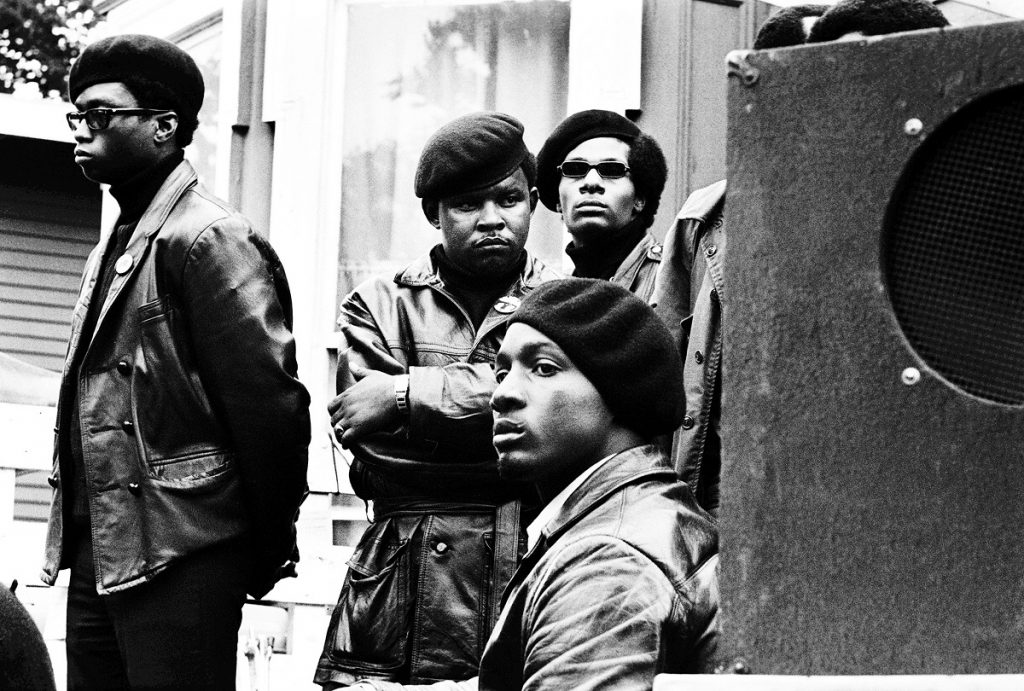Many of Shames’ photos are included in the book, Power to the People: The World of The Black Panthers, co-authored by Panther co-founder Bobby Seale. We talk to the renowned photographer about the Panthers’ aims, the government and media campaign against the party, and connections with the struggles of Black people today.
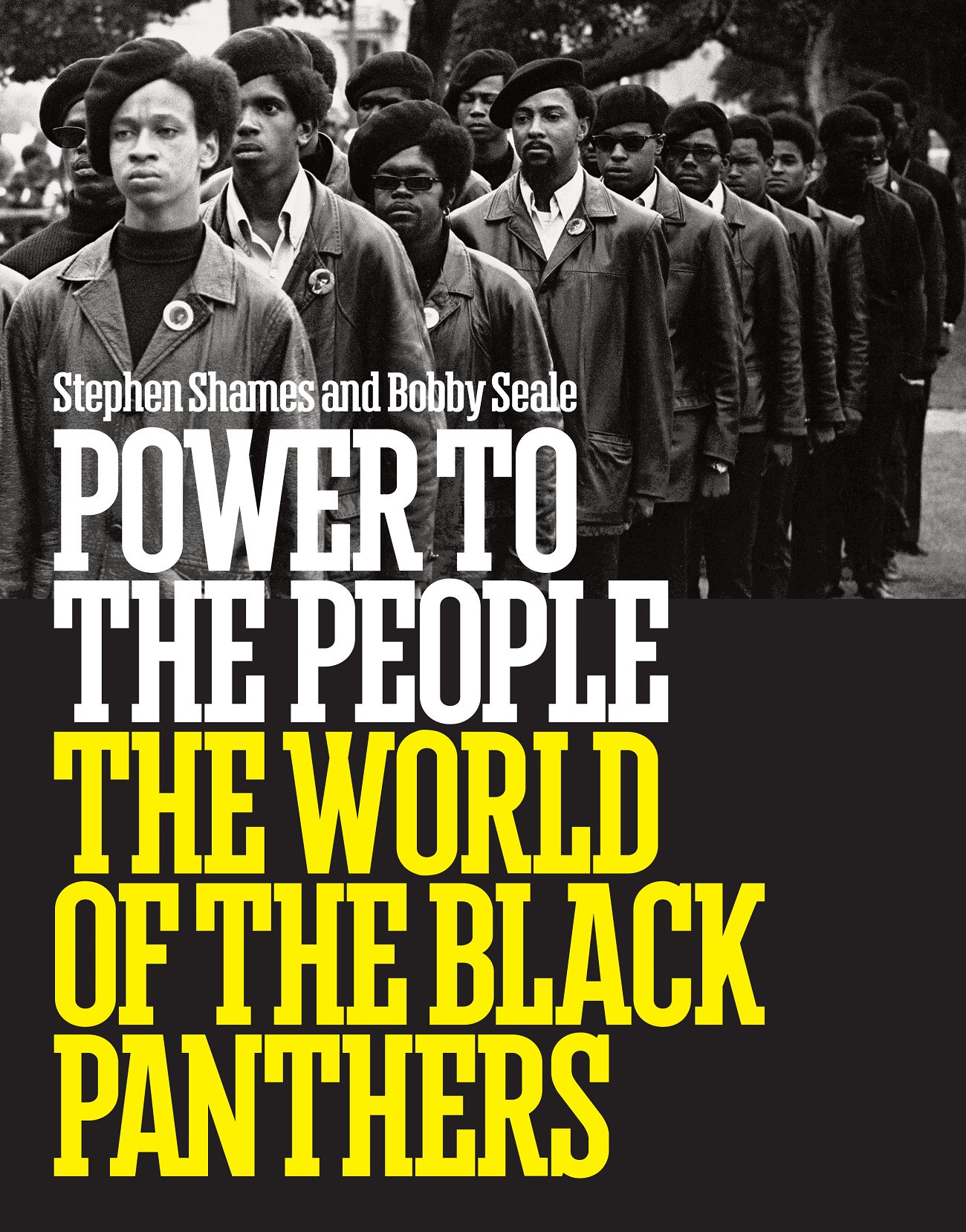
To begin with, tell us how you got into documentary photography and what defines you as a photographer.
I started taking photos while I was a student at the University of California at Berkeley. My first photos documented police beating students during protests. What defines me as a photographer are my long-term projects, where I embed myself into a community.
After World War II, there was a turning point in the struggle for civil rights by African Americans. The slogan, “Double V for Victory,” was propagated against external fascism and internal racism. In 1966, driven by the anti-war movement, Black activists Bobby Seale, Huey P. Newton and Eldridge Cleaver founded the Black Panther Party in Oakland, California – one of the cities with the highest rates of infant mortality, unemployment, and police brutality. You were there to document this experience. Why did you decide to address this phenomenon?
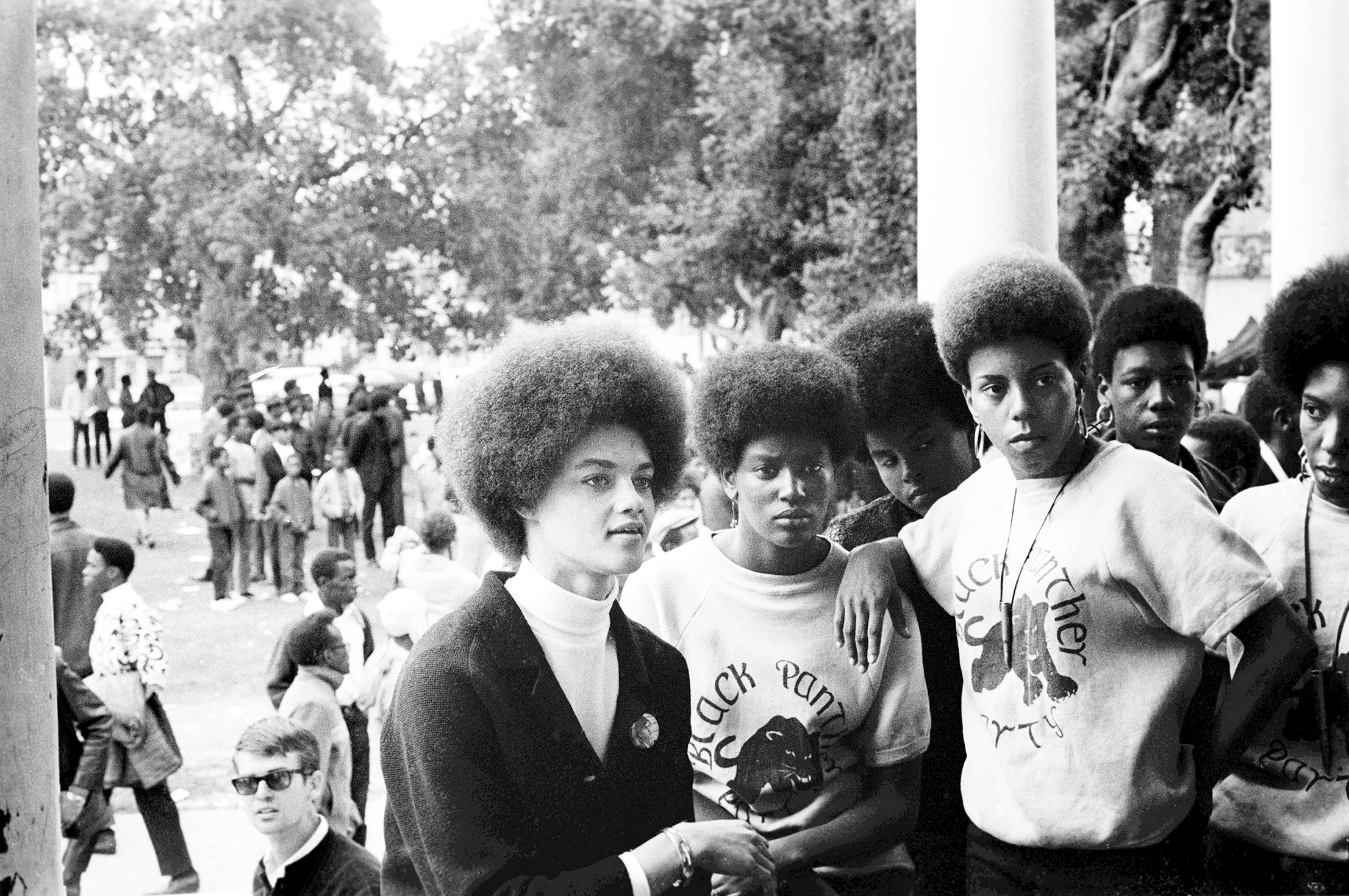
The years of 1967 and 1968 were years of protest and resistance to the Vietnam War and were also the birth of the Black Power Movement. As a student at Berkeley, I got involved in the protests. The Panthers were leaders of the revolution. So, in addition to photographing the Vietnam marches and student protests, I started documenting the Black Panther Party. My deep degree of involvement with the Panthers is what makes the book Power to the People such an important document of the Panther’s history. The book is co-authored with Bobby Seale and it includes the words of a score of Panthers. It is in a sense their book – their version of this historic movement.
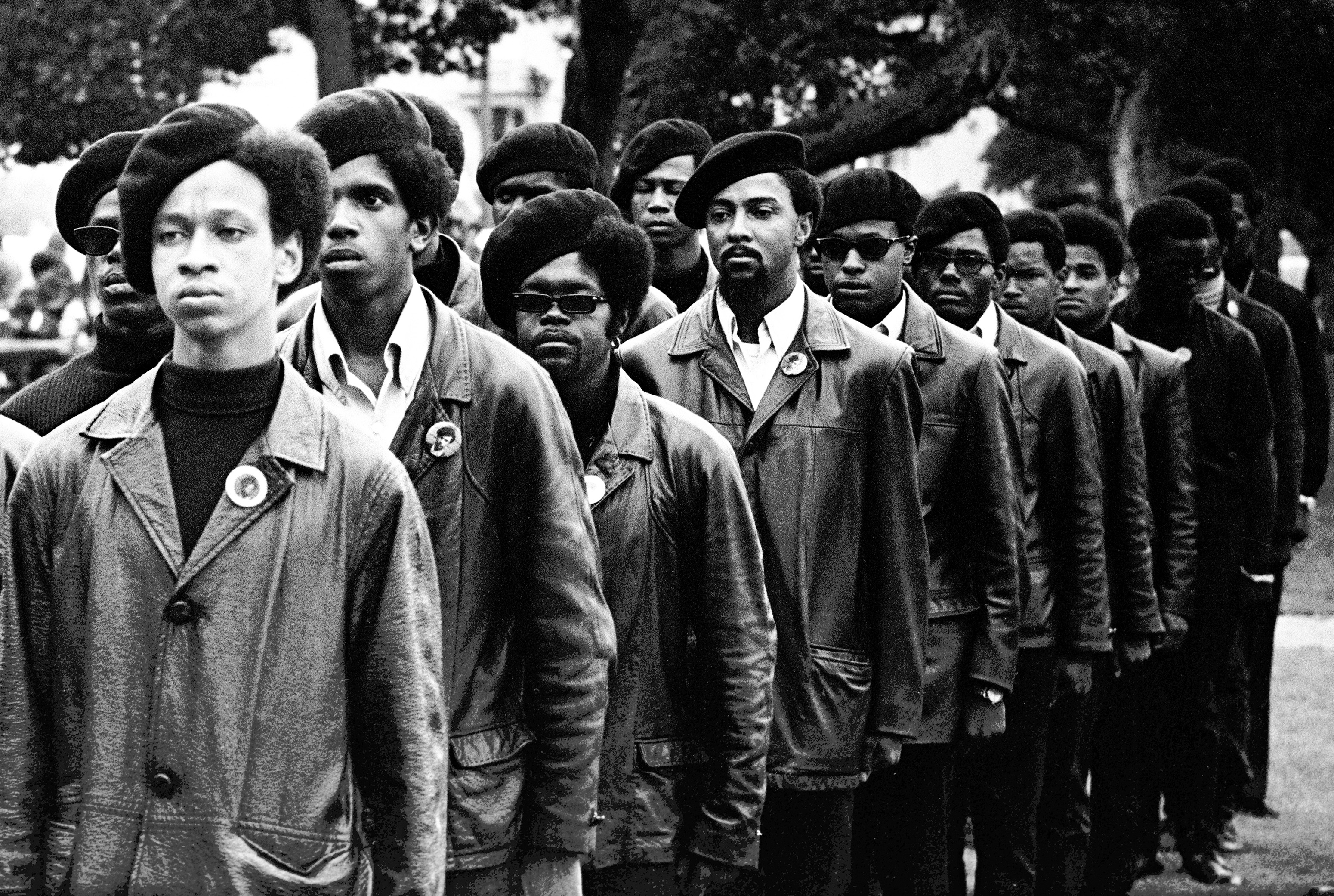
I wanted to show the whole picture of the Black Panther Party. Most of the media focused on the rallies and looked for controversy. I wanted to show what it was like behind the scenes and portray a more complete, complicated portrait of the Panthers.
The Black Panthers were headquartered in Berkeley. They were always around the university. I brought the photos by their office. Panther Chairman Bobby Seale liked my photos and used them in the Panther newspaper. I became close to Bobby Seale, who became a mentor to me.
During years of struggle against segregation, you were at the heart of one of the most important and radical experiences of the Black community in defense of their rights. I imagine that under these circumstances, it wasn’t easy for a white man to gain access to take photos. Tell us about this process and how were you received.
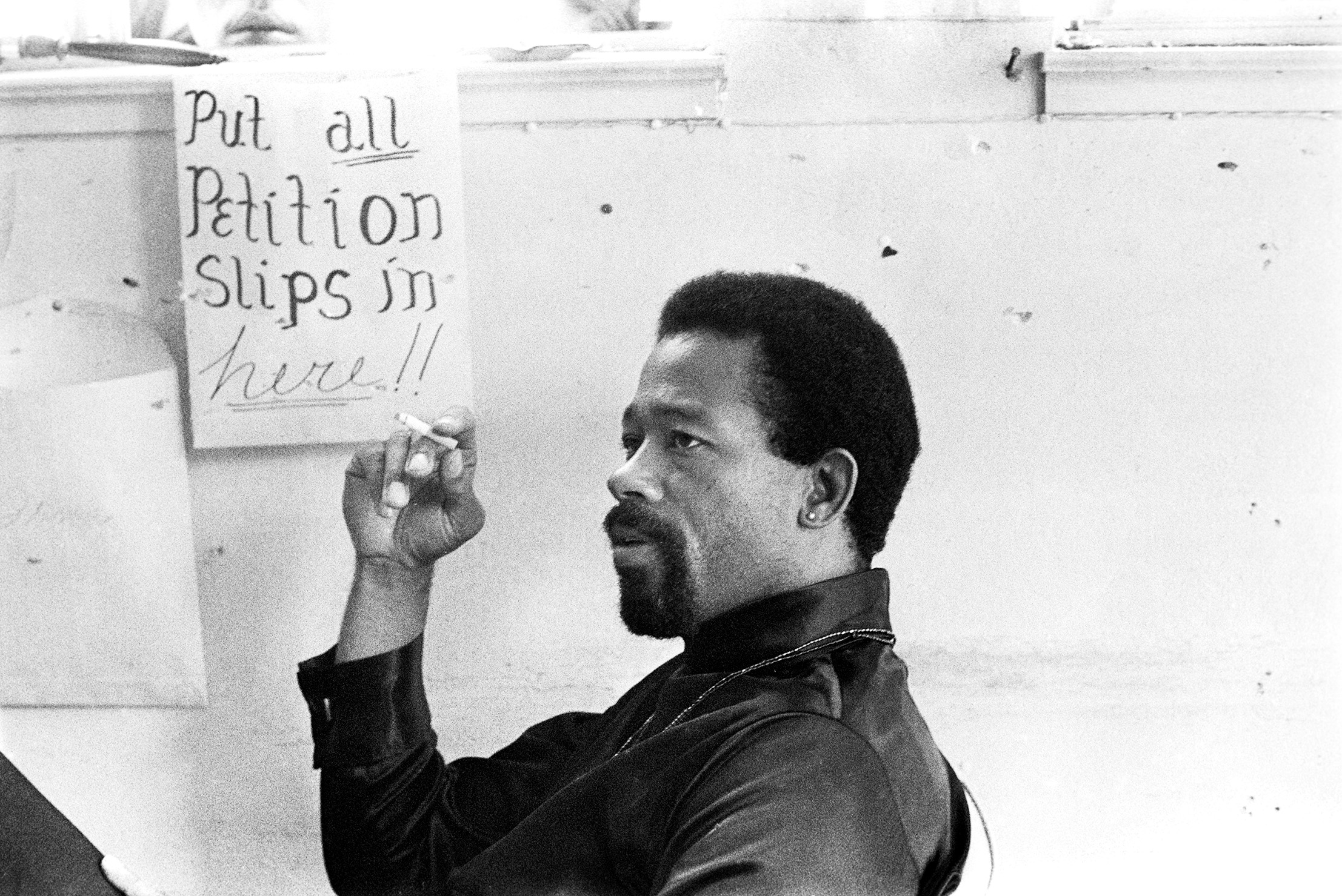
Actually, it was never a problem. The Panthers were not Black nationalists. They opposed racism and welcomed anyone they thought would work for progressive policies. The Panthers were a political party seeking to change laws and create a more just society. To accomplish that goal, they built coalitions with white, Latino, Native, and Asian organizations. The Panthers accepted me as someone who was committed to progressive social change. They followed Martin Luther King’s idea of looking at the content of a person’s character, not the color of their skin.
Your work goes beneath the surface and portrays intimate, everyday moments. How did you build your relationship with the Panthers? What did you want to show?
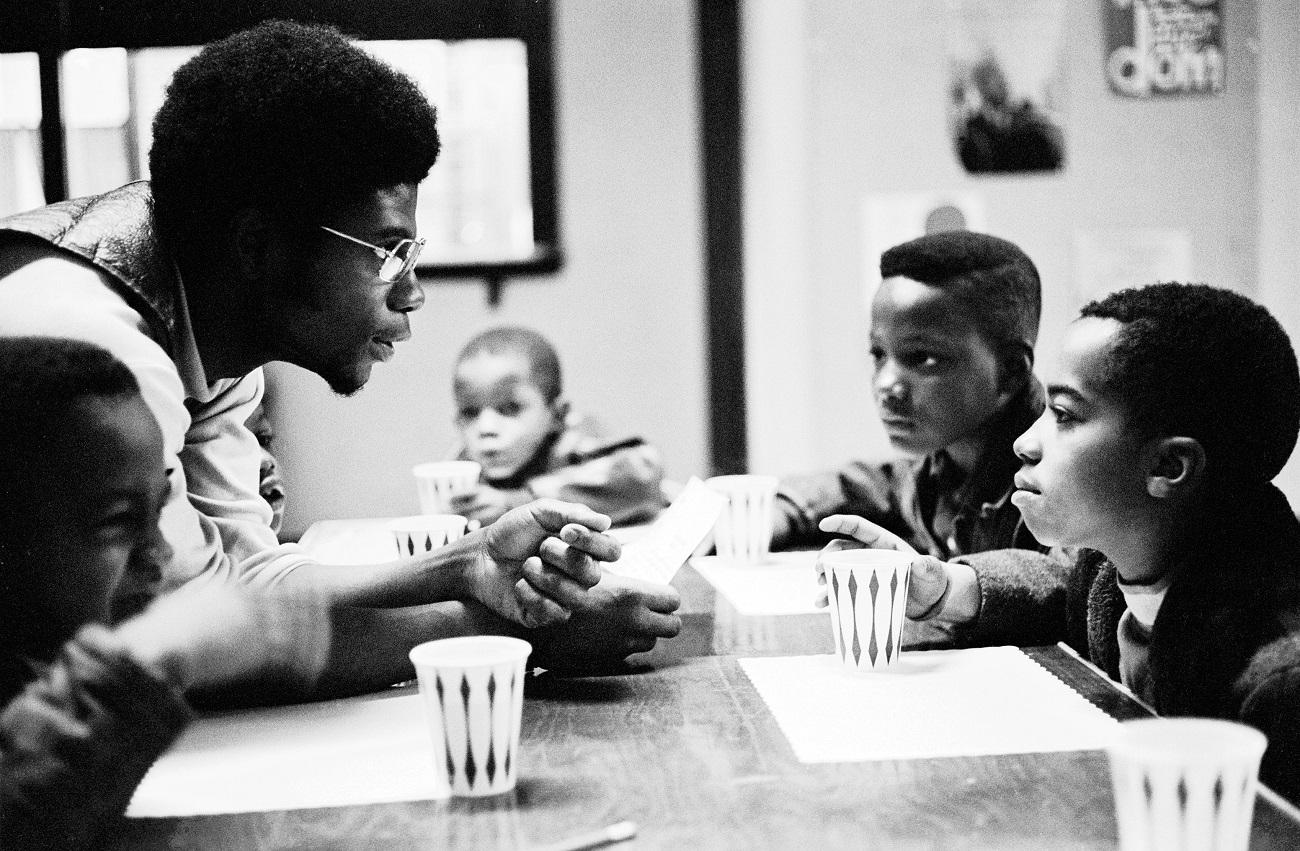
When I do projects, I embed myself in the community I am photographing. That builds trust. I wanted to show the whole picture of the Black Panther Party. Most of the media focused on the rallies and looked for controversy. I wanted to show what it was like behind the scenes and portray a more complete, complicated portrait of the Panthers.
This is necessary because even today, Black people are usually seen in the media in a one-dimensional fashion: as poor, often as criminals, in conflict. How often do you see positive images of Black men supporting their families, hugging their children?
Your pictures, in a way, give a sense of humanity for the Black armed struggle that the FBI had declared as the primary enemy within the US. How do you remember the media depicting the Panthers and the Black struggle?
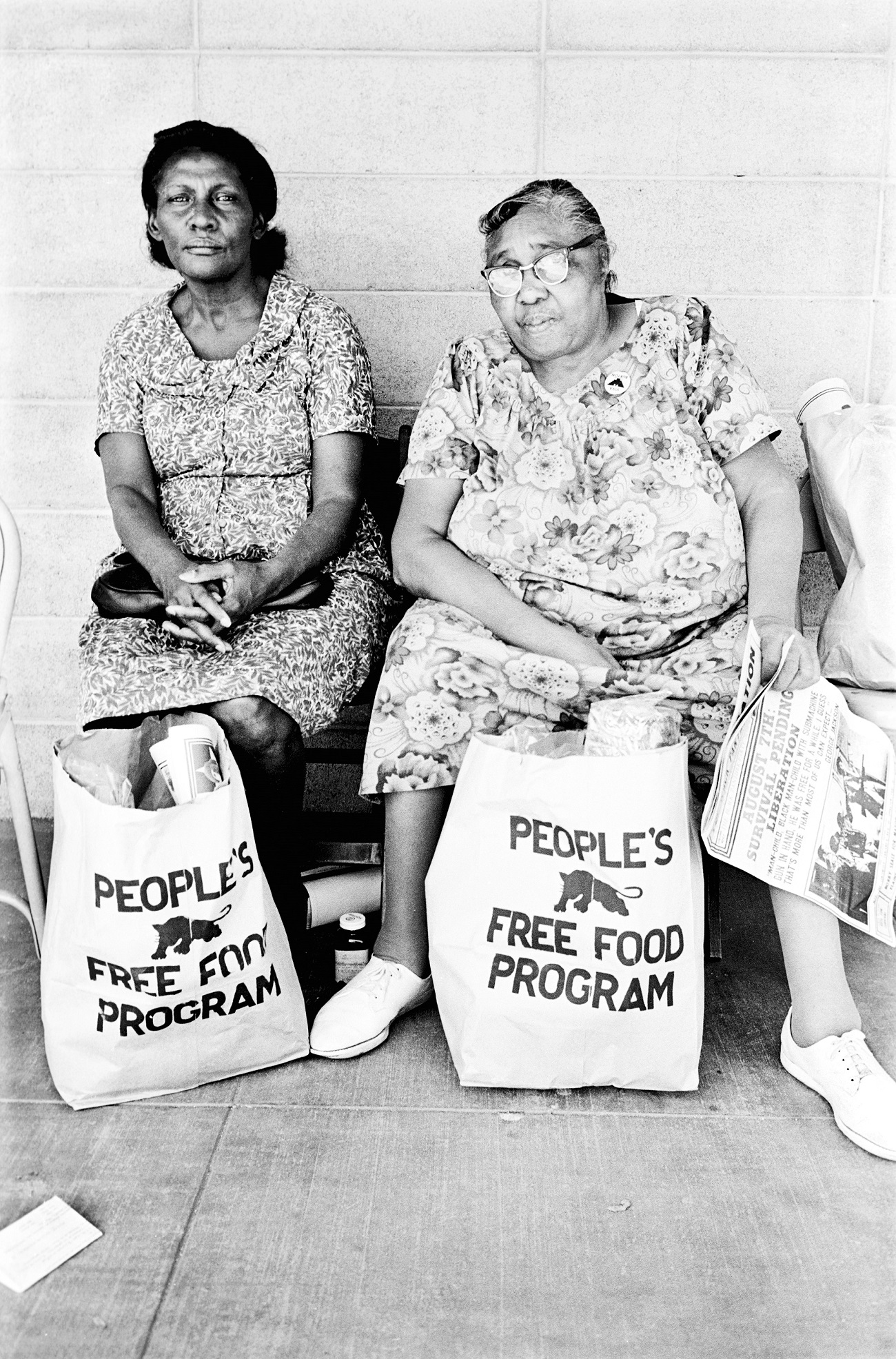
The media followed the government’s lead and portrayed the Panthers as thugs. The FBI and the Nixon administration had a very intense campaign – called COINTELPRO – to discredit the Panthers. They also got police departments to attack the Panthers and murder some of them. The murder of Chicago Panther Fred Hampton in his sleep is the most famous example.
You were a witness to the brutality of the US government in its fight against the Black Panthers. Did have ever thoughts about taking part in the movement beyond photography?
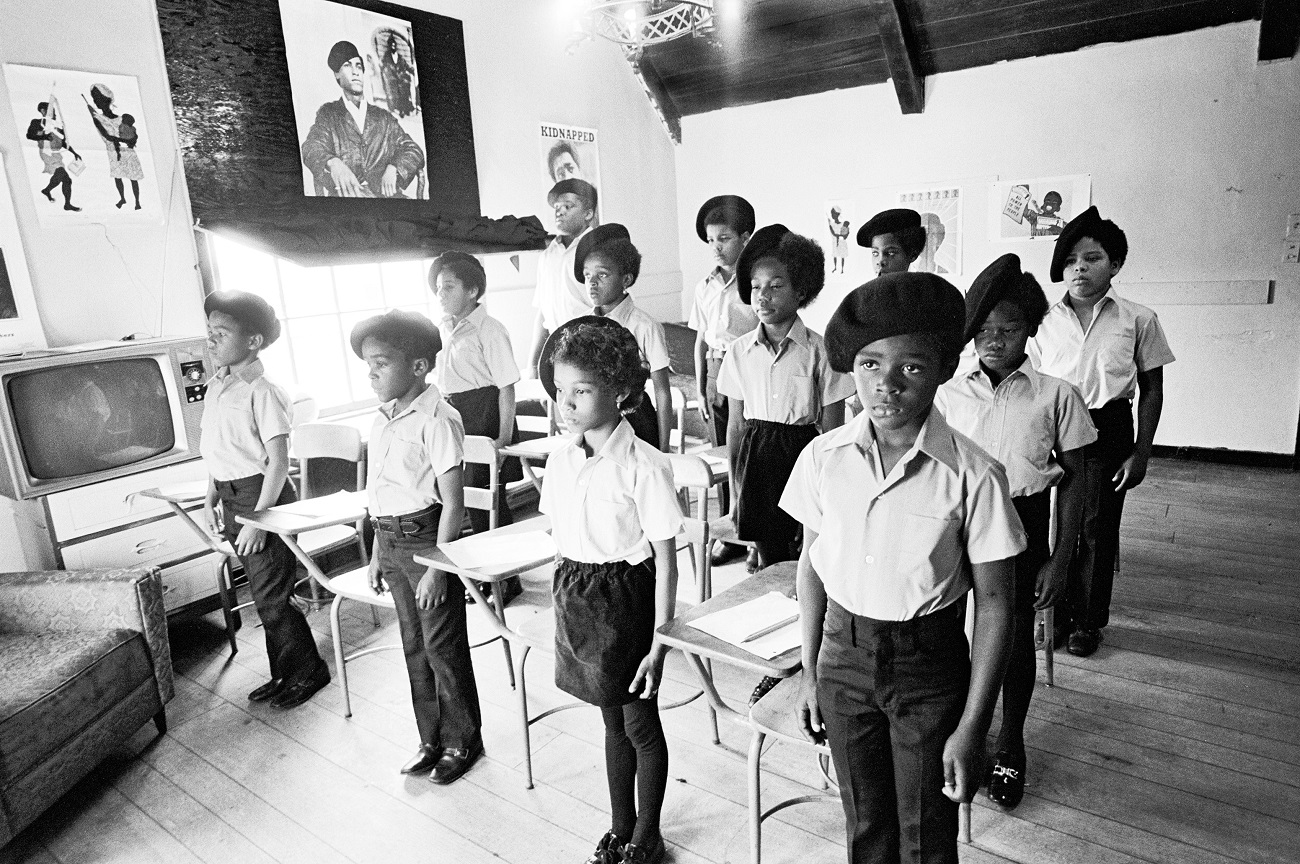
I did take part beyond photography. For example, I was part of Bobby Seale’s campaign team when he ran for mayor of Oakland. I worked on Ron Dellums’s successful campaign for Congress. I marched against the War in Vietnam. I voted for progressive candidates. I was a staff member of the Berkeley Barb, an alternative newspaper. I did stories for Newsweek, the New York Times, the Associated Press, and other publications.
Photography is a powerful tool for making people aware of what is going on in the world. Photos helped turn the public against the Vietnam War. Photos aided the Civil Rights Movement. In a sense, the things I did “beyond photography” were less important than the photo stories I did. My photographs serve a political function: they are part of the dialogue. The dialogue is as much a part of social change as protests and marches.
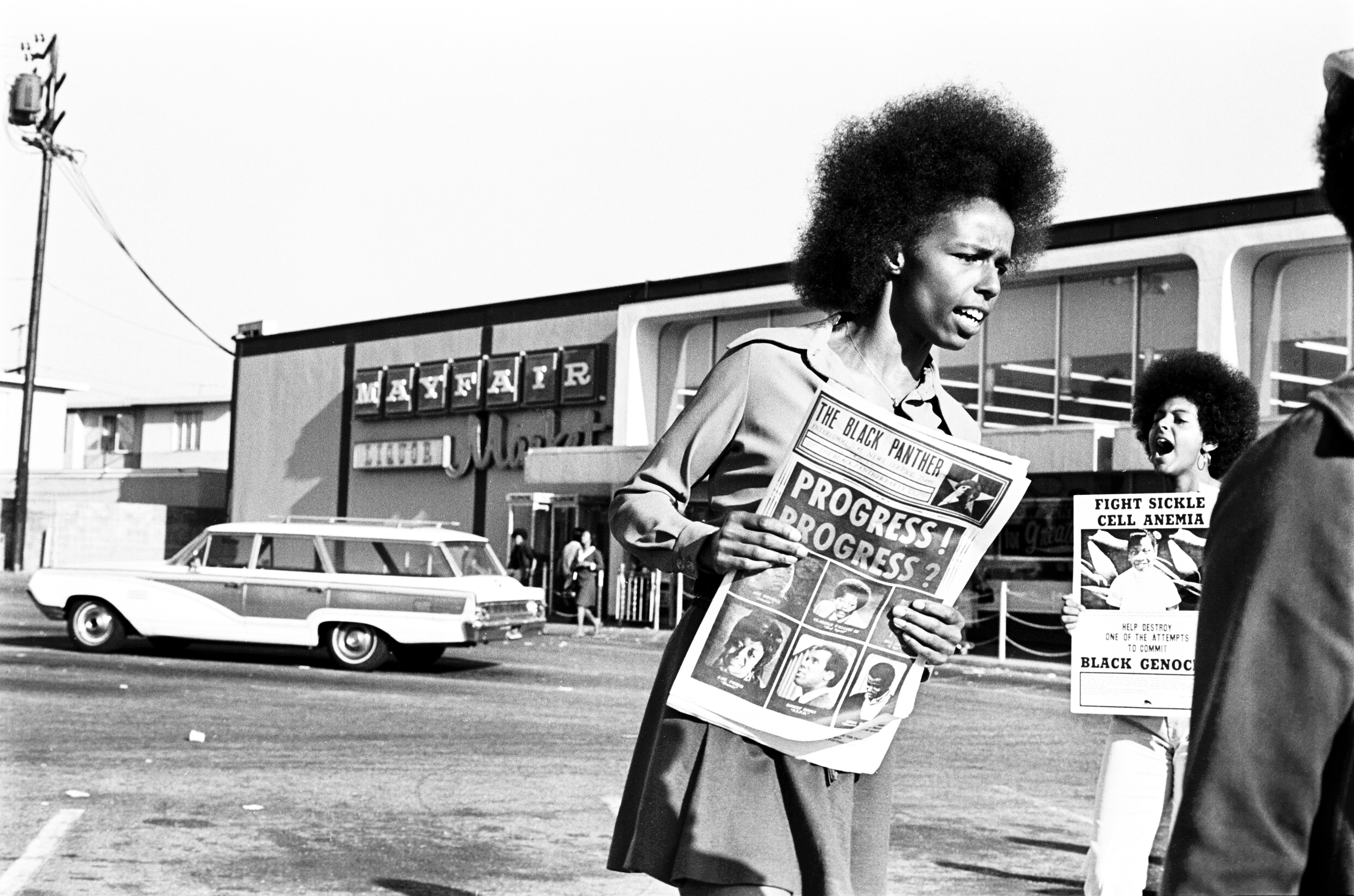
After more than 50 years, most of the demands of Black people during the Panthers’ time continue to be pressing issues today. This is evident in the aggression of the state against Blacks and other people of color, the numerous police murders, and the emergence of resistance movements like Black Lives Matter. What points of continuity do you see between the two? What connections can we make between these different periods, as it relates to Black struggle?
I discuss this in detail in the last chapter of “Power to the People.” I came of age in the early 1960s as the Civil Rights struggle was achieving success. With Camelot optimism, many in America thought we could alleviate the effects of slavery and end racism. My virgin 1968 vote was also the first presidential vote for southern Blacks. During the 1970s and ‘80s, a vibrant Black middle class emerged. African-American actors and athletes became America’s heroes. As Bobby Seale tells us, “Black television sitcoms helped a lot of people look into the black community and see the humanity there.”
However, most of the issues the Black Panther Party mobilized about remain. Killings by police of unarmed teenagers and boys as young as twelve continue to shock the nation. Ninety-five percent of all income growth between 2010 and 2012 went to the richest 1 percent. Our economic system is rigged and our tax system is unfair. Black families have significantly less wealth than whites due to government policy and bank lending practices that excluded them from home ownership. African-American unemployment has remained twice that of whites for the past six decades. One in four black children is born into poverty. The justice system targets poor people, especially Black males who have a 1-in-3 chance of going to prison. Black children attend segregated, sub-standard schools that propel them to prison almost as often as they lift them to college.
There has been some progress.
The Black Panther Party ran an award-winning school in Oakland, one of the first charter schools. Today many good charter schools dot our cities. Curriculum has become more inclusive. When I was a student, African Americans were absent from history. The Black Panthers helped bring African American studies into universities.
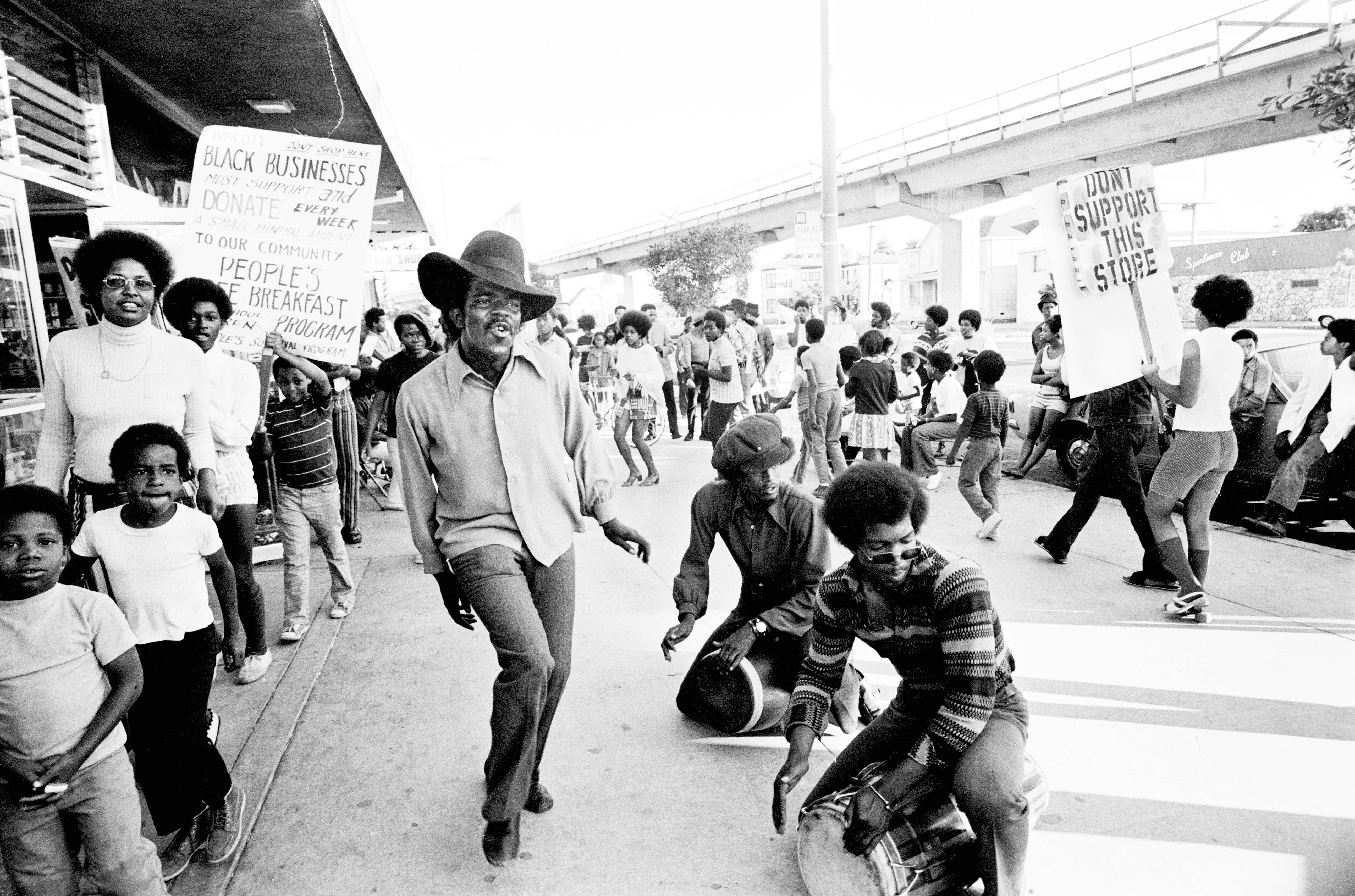
There has also been progress in the number of elected officials. However, an assault on voting rights, as well as Citizens United and gerrymandering by state legislatures are reversing these gains.
Health care was another bright spot. The Black Panthers established free health clinics to serve everyone, including those without medical insurance. America’s first Black president got the Affordable Care Act passed, which resulted in health insurance for an additional 16.9 million people. However, this is now in jeopardy. Trumpcare will result in 14 to 24 million people losing their insurance.
With the arrival of Donald Trump to the White House, the US has increased its racist and xenophobic offensive. How do you see this change and what consequences do you think it may have?
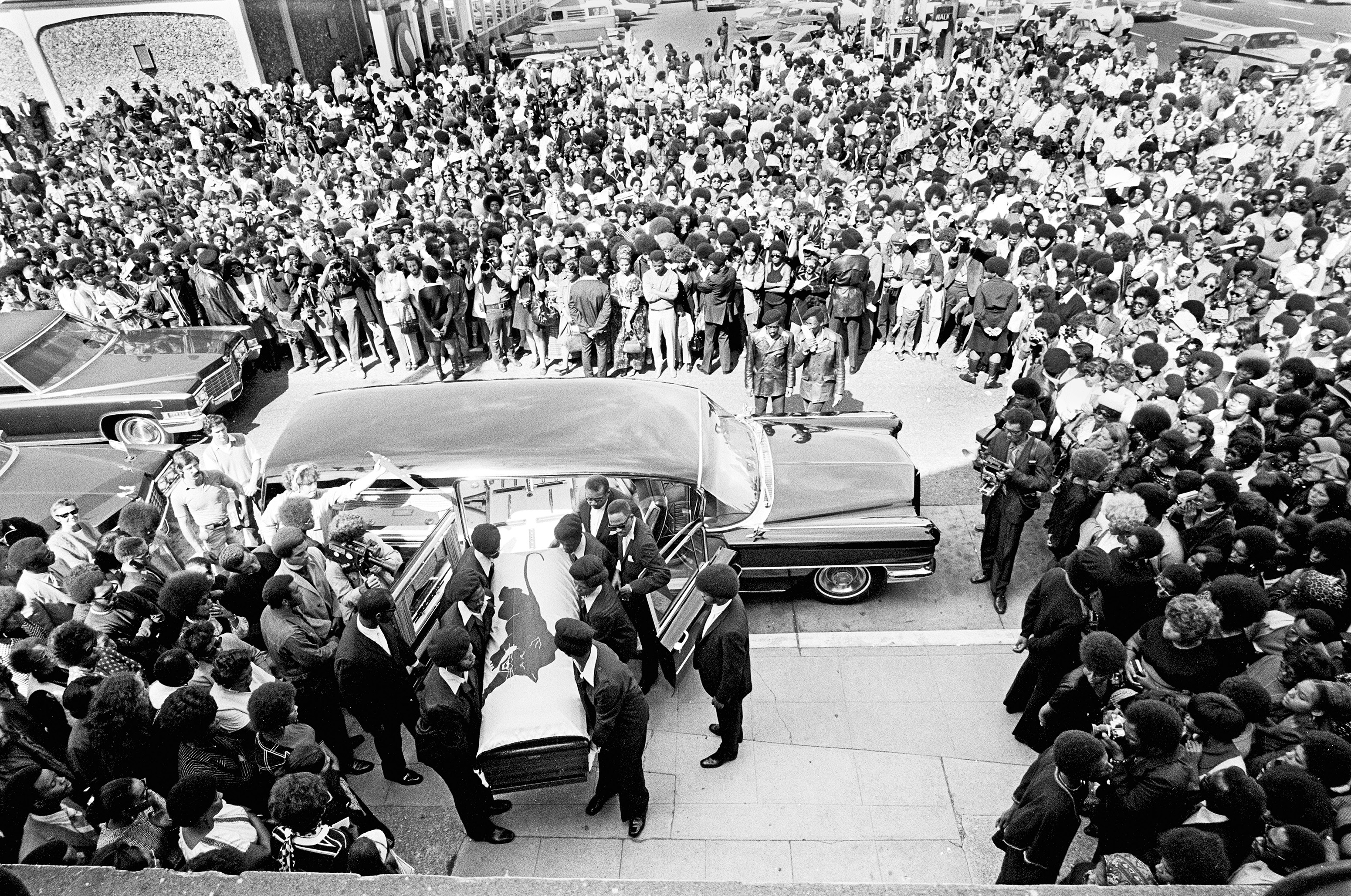
America is becoming an oligarchy. Twenty people in America have as much wealth as half of all Americans – 152,000,000 people living in 57 million households. This is a word-wide problem. The richest 62 people in the world own as much as the poorest half of humanity: that’s 3.6 billion versus 62. Trump’s policies will make this worse.
Trump’s racist remarks and his appointment of a white supremist as his number one advisor have made it OK be a racist again. This has unleashed a spate of hate crimes across the nation.
It is not clear what the outcome will be. People are fighting back. The women’s marches were attended by millions. His proposed Muslim immigration ban has created enormous protests in the streets. It is not clear if the Republicans will be able to repeal Obamacare since many of the people who voted for Trump will lose their medical care and they are angry about that. He is even getting opposition from the government. A federal judge called his first ban unconstitutional, and a second judge just did the same for his ammended travel ban. Republicans in Congress do not all support Trumpcare. [Editor’s note: Trump’s immigration ban targeting Muslim-majority countries has since been partially cleared by the Supreme Court] We will have to wait and see if he is able to move the United States to neo-fascism or if he is thrown out of office for his corrupt practices.
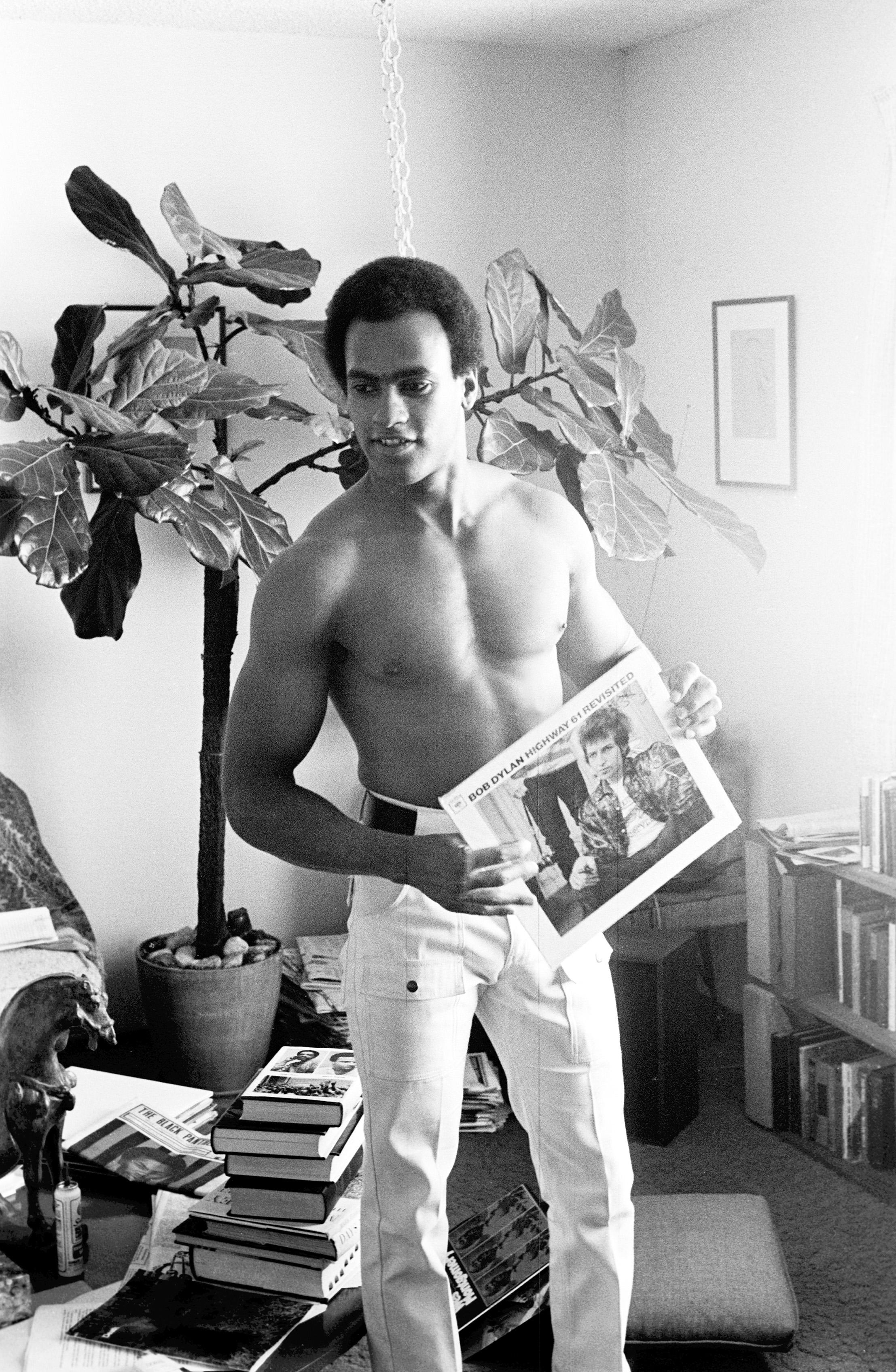
From your point of view, what is the role of documentary or journalistic photography? What relationship can you find between photography and politics and how do you think they can interact?
The purpose of documentary photography is to document the world – to show how people live, to give a glimpse of the reality others face. Most people live in a cocoon. They only know a small group of people like themselves. They know their neighborhood, workplace, family. Photography offers them a window into the lives of people halfway around the world, and also around the corner – people they never come in direct contact with. That is the value of documentary photography.
As to the relationship between photography and politics: everything has a relation to politics. Everything is political. In today’s world just telling the truth can be an act of resistance.
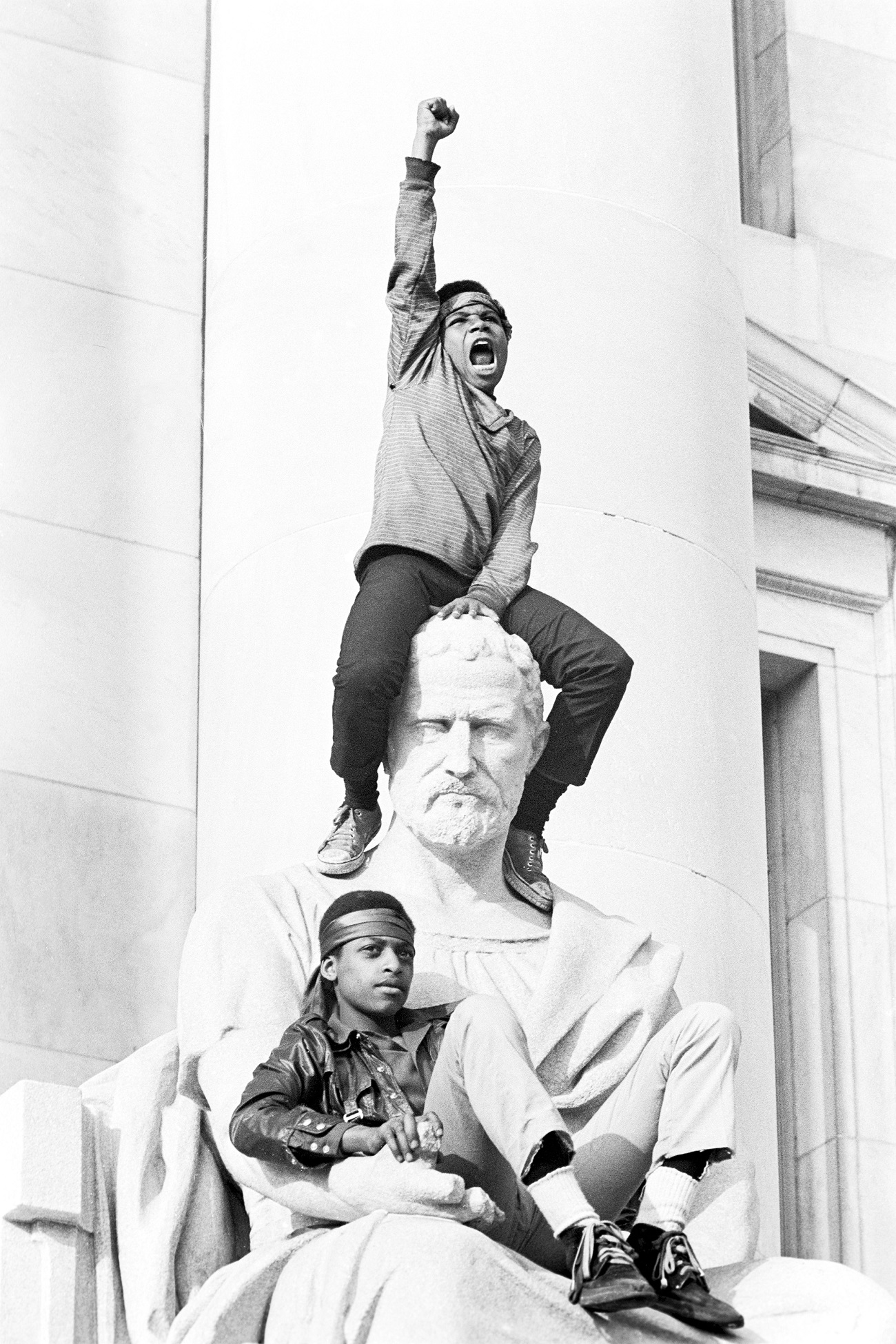
In recent years, mass media has undergone deep changes. Huge corporations reproduce the editorial lines of concentrated power. They have no intention of carrying out investigation or producing critical content. What do you feel is the biggest challenge for journalists today and which is the future of documentary photography?
Journalism has been in decline for the past twenty or thirty years. To a large extent, this is the result of television replacing print journalism. Corporations quest for profits, resulting in a focus on ratings and entertainment. But the newsroom in not just another profit center. Honest, informed journalism is vital to democracy. When ratings and entertainment or when cutbacks in funding result in less reporting, democracy suffers. The internet, which allows people to splinter into affinity groups has further eroded journalism. Now facts compete with “alternative facts” — which are lies.
What do you think about role of women in the Black Panthers, considering the large number of women that participated in this organization?
Women played an important role in the Party. Although women were not equal to men in the Black Panther Party, that was the case across the board in society — as well as in leftist movements which were all dominated by men. The Cuban revolution had Celia Sánchez, the U.S. Civil Rights Movement had Fanny Lou Hammer, the anti-Vietnam War movement had Bella Abzug and others—but most of the leaders were men — Fidel Castro, Che Guevara, Stokeley Carmichael, Martin Luther King, Ralph Abernathy, H. Rap Brown, Tom Hayden, Abbie Hoffman, Dave Dellinger, and Rennie Davis — to name a few.
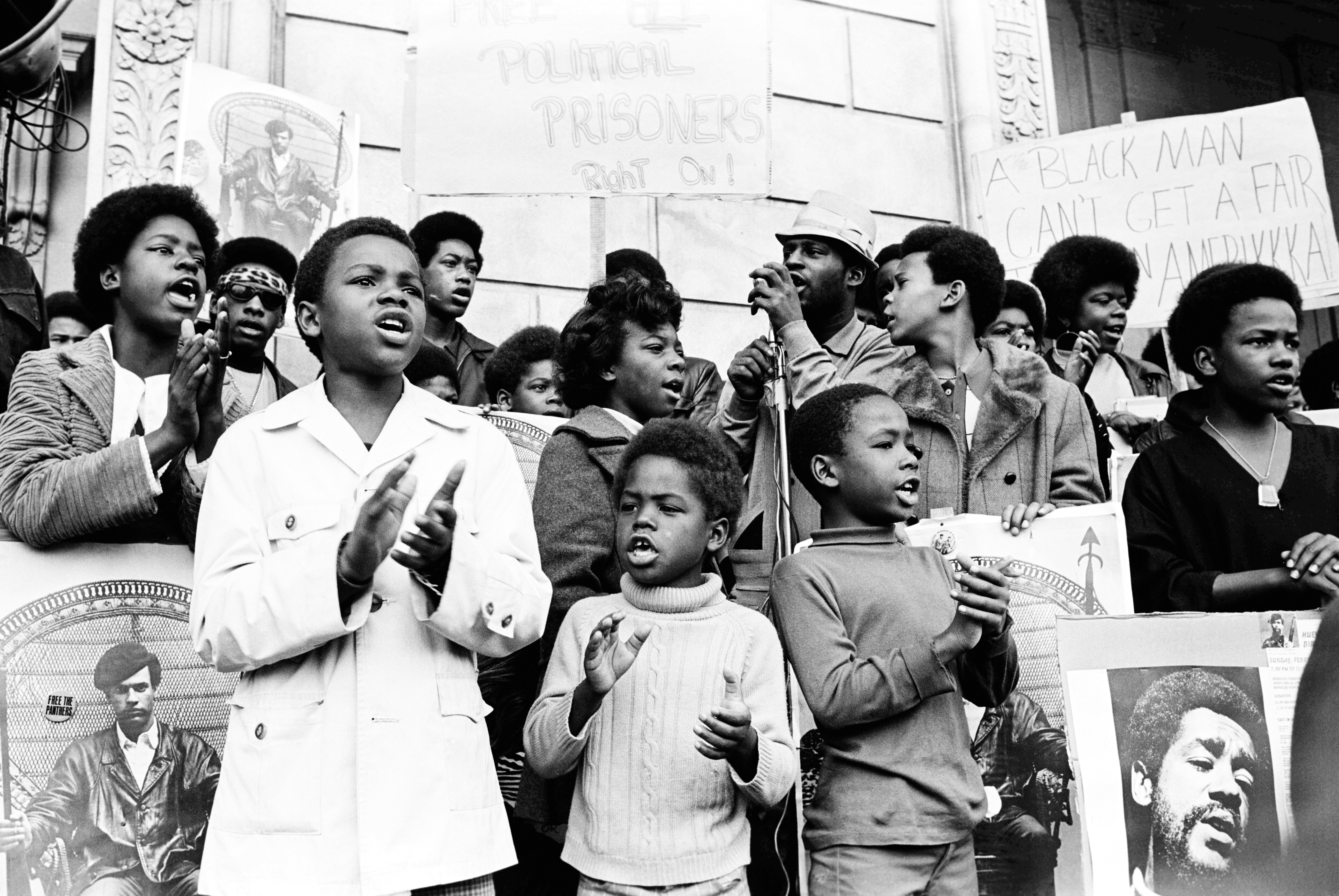
Movements and organizations have to be judged within their historical time-frames. During the 1960s and 70s, the Black Panther Party was the most progressive organization in terms of woman’s rights (as well as gay rights). Women such as Kathleen Cleaver and Ericka Huggins played important leadership roles. Panther women challenged men within the Party as they fought for their equal share of power.
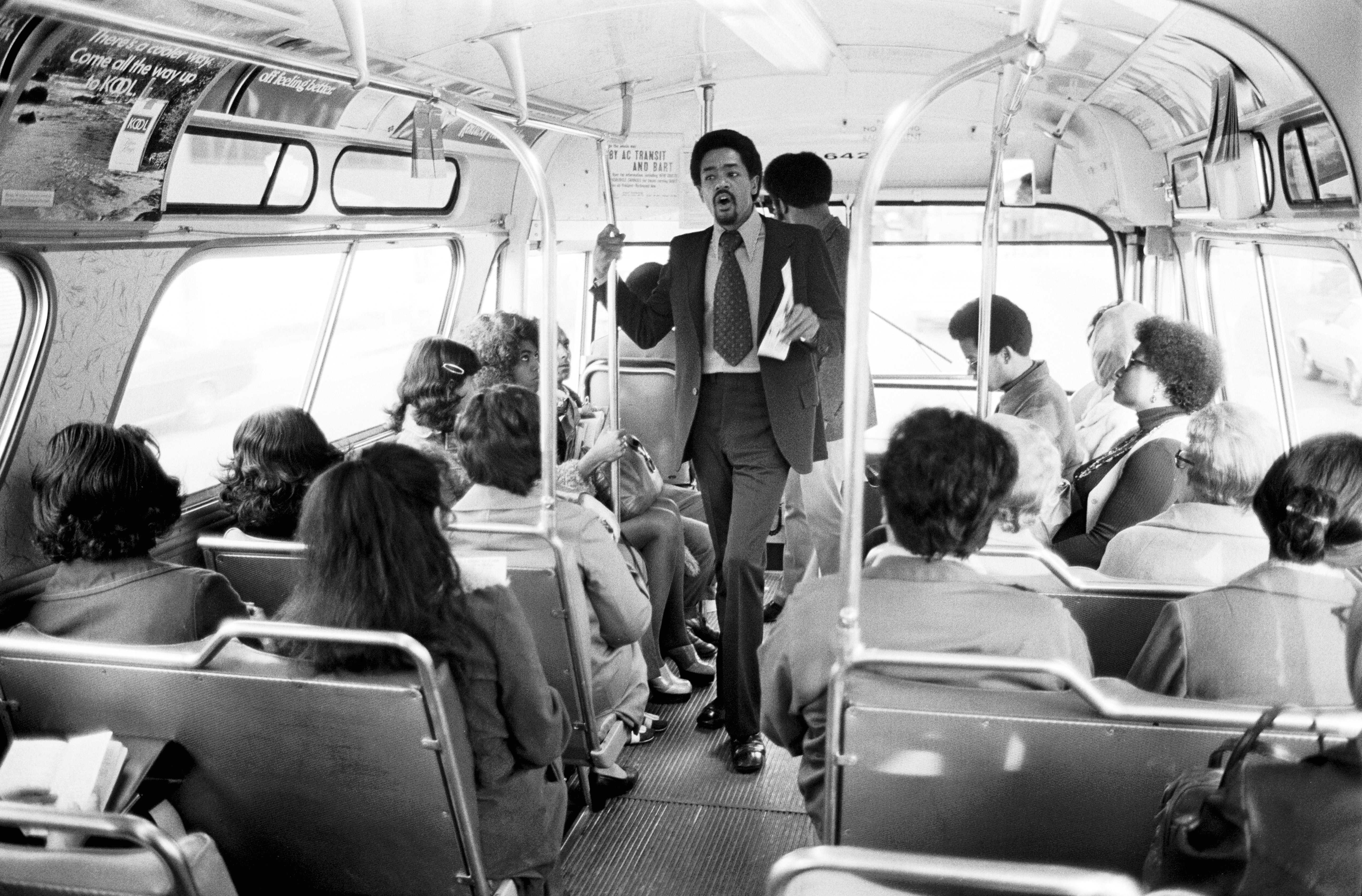
Interviewed by Enfoque Rojo
Link to the book Power to the People: The World of The Black Panthers: http://www.abramsbooks.com/product/power-to-the-people-the-world-of-the-black-panthers_9781419722400/


